What to do if you see an alligator in Florida: our safety guide
We chew over what to do if you see an alligator in Florida, so you can enjoy these remarkable reptiles without becoming their next snack
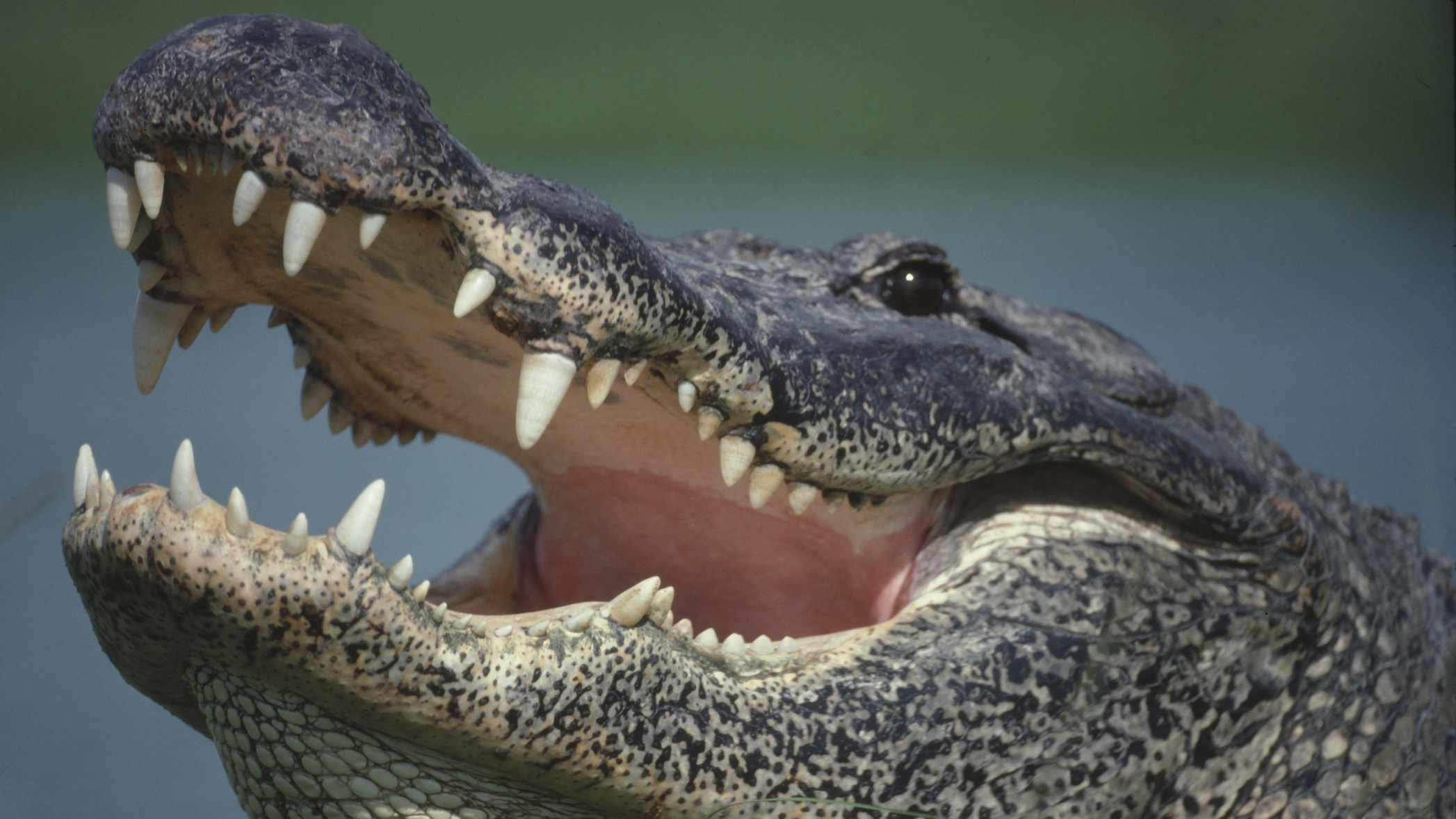
Knowing what do to if you see an alligator in Florida will go a long way towards your enthusiasm to hike in the Sunshine State. It's definitely worth it too because, although for some Florida may not be the first place that springs to mind, it’s one of the most unusual and fascinating places to explore in hiking boots.
The highest point in the whole state might top out at a mere 345ft, but Florida is home to some of the most unique and beautiful ecosystems in the country, and the trails here take you through mangrove and cypress swamps, tropical marshes, lakes and bird sanctuaries where you’ll have opportunities to spot some pretty exciting wildlife such as bison, flamingoes, panthers and the state’s unofficial mascot, the American alligator. Just don't forget your binoculars.
Now, the thought of spotting an alligator on a hike sends a certain chill through even the most seasoned hiker, but it’s also part of the allure of hiking down here in the first place, so we chew over what to do if you see an alligator in Florida so you can enjoy these remarkable reptiles without becoming their next snack. Naturally, the advice in this article also works for Louisiana, Georgia, Alabama and every other state that houses alligators, but the vast majority of alligator encounters do occur in the sunshine state, so that’s where we’ll focus.
Meet the expert

Julia moved to the US for university and developed a love for the great American outdoors. She enjoy tackling backcountry trails and bagged several Colorado 14ers while she was at it. Now back in her native Scotland, she still keeps a close eye on developments across the Pond.
Today's best deals
What is an alligator?
- The American alligator is a large crocodilian reptile found only in the southeastern US
- They feed on fish, birds and small mammals and are most active overnight between dusk and dawn
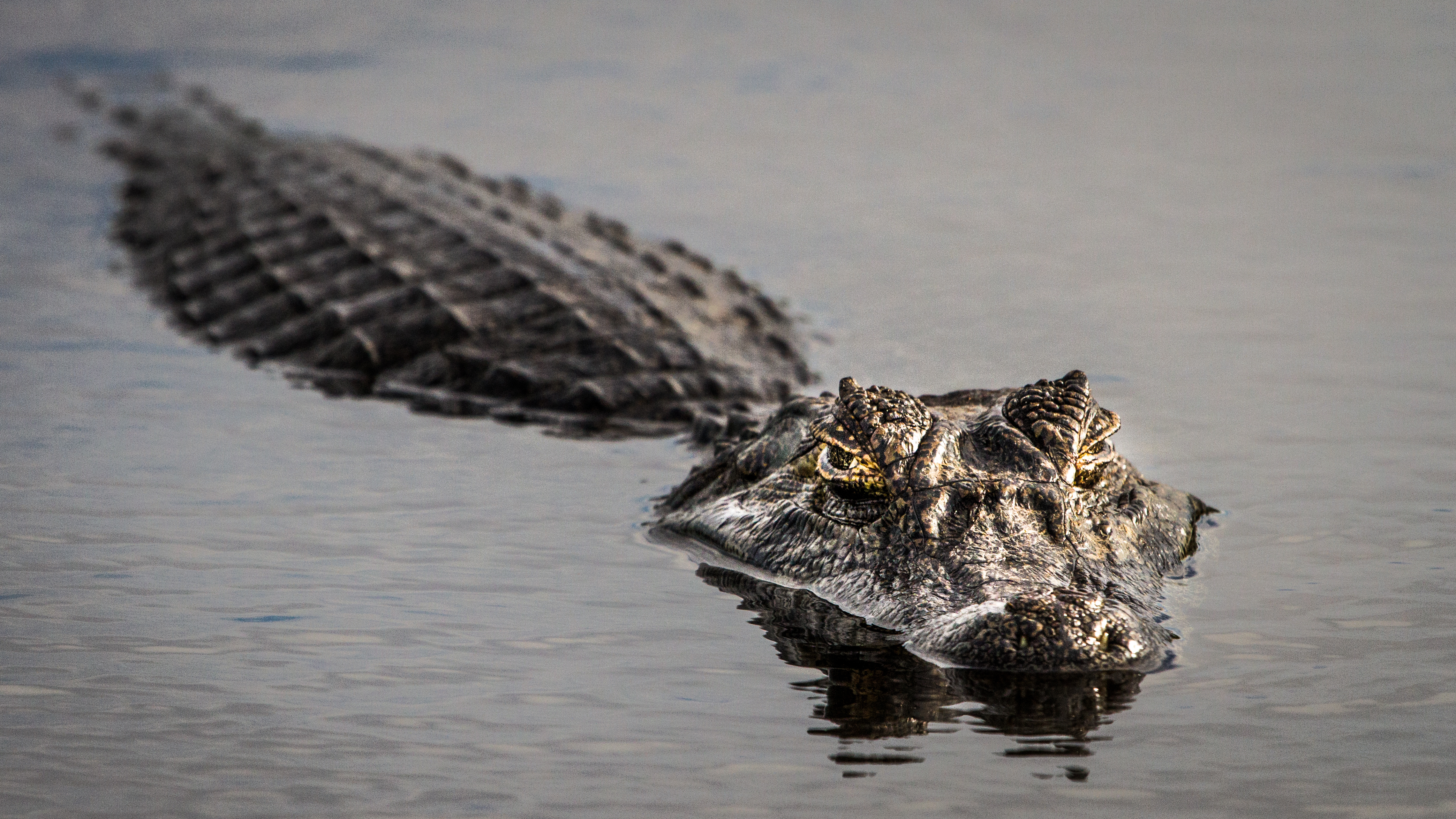
The American alligator is a large crocodilian reptile found only in the southeastern US. These brown reptiles have short legs and long bodies – typically six to 12ft long although they’ve been known to grow up to 19ft long – and their eyes, nostrils and ears are positioned on top of their heads so that they can float on the surface of water and observe their surroundings. They have large, powerful jaws and a long tail that they use in self-defense as well as for swimming. Alligators live along the shores of bodies of fresh, warm water like rivers and lakes and along the edges of marshes, digging holes in the mud to hang out in. They feed on fish, birds and small mammals and are most active overnight between dusk and dawn.
How do you tell if an alligator is near?
- In Florida's reserves and everglades, there'll likely be alligators near
- Large indentations in the mud will indicate their presence
- Alligators are also very vocal, particularly during the mating season...
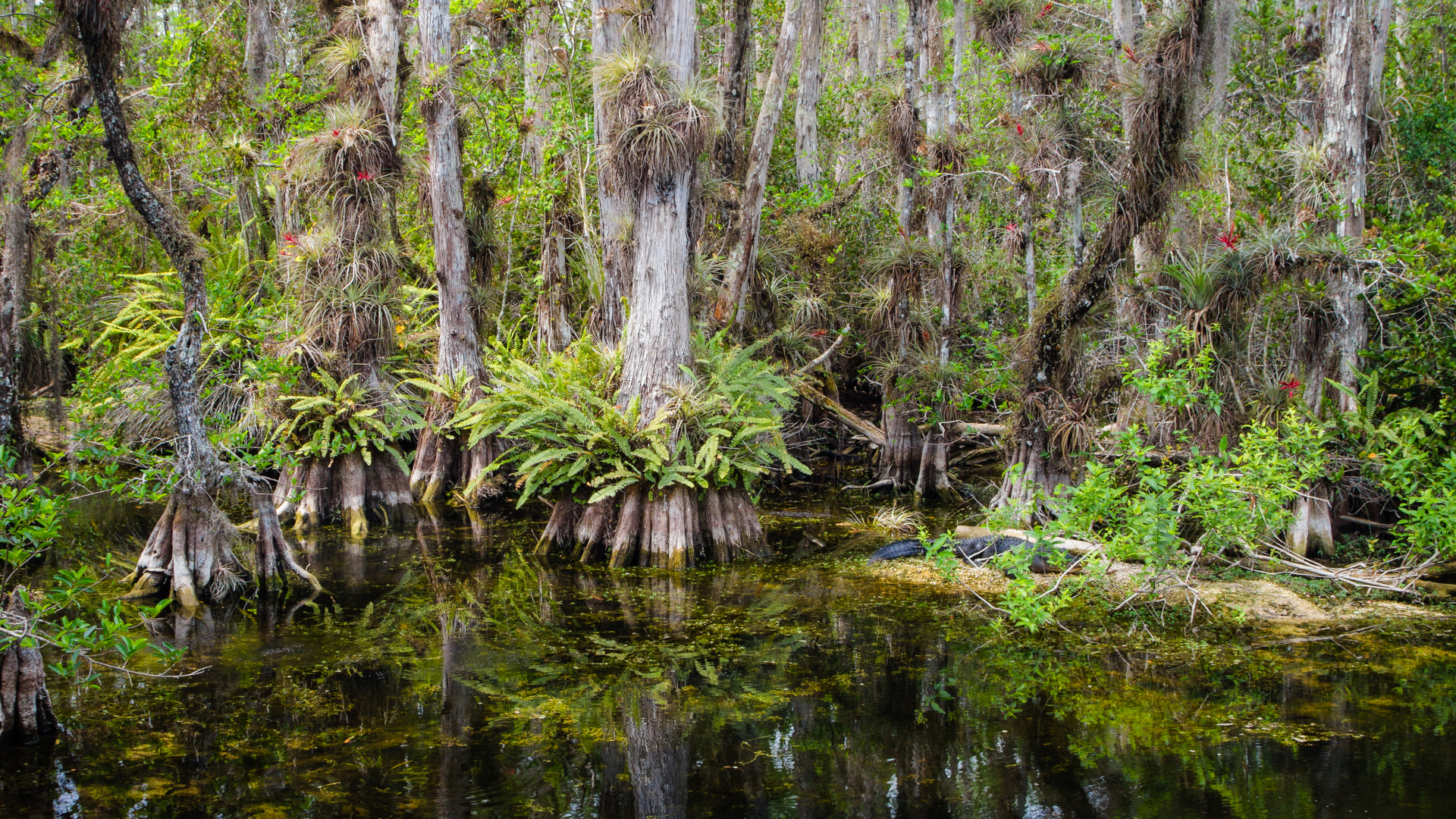
If you’re hiking around Florida’s abundant wildlife preserves and in the everglades, you can safely assume that there are alligators nearby, and they do blend in well with their surroundings, however they also leave some telltale signs. Because alligators like to hang out on the shore, look for large indentations in the mud alongside rivers and lakes which will show where they’ve been recently lounging, or slides which will show where an alligator has returned to the water. Alligators are also quite vocal beasts, making loud grunts or roars, especially during mating season in late spring, so you may hear them before you see them.
Has an alligator ever killed a human?
- Despite reputation, alligator attacks on humans are rare
- There were 23 fatalities involving alligators between 1948 and 2016
- The majority of fatalities involved swimmers and snorkelers rather than hikers
- The numbers are very small when you consider there are 1.25 million alligators in Florida alone
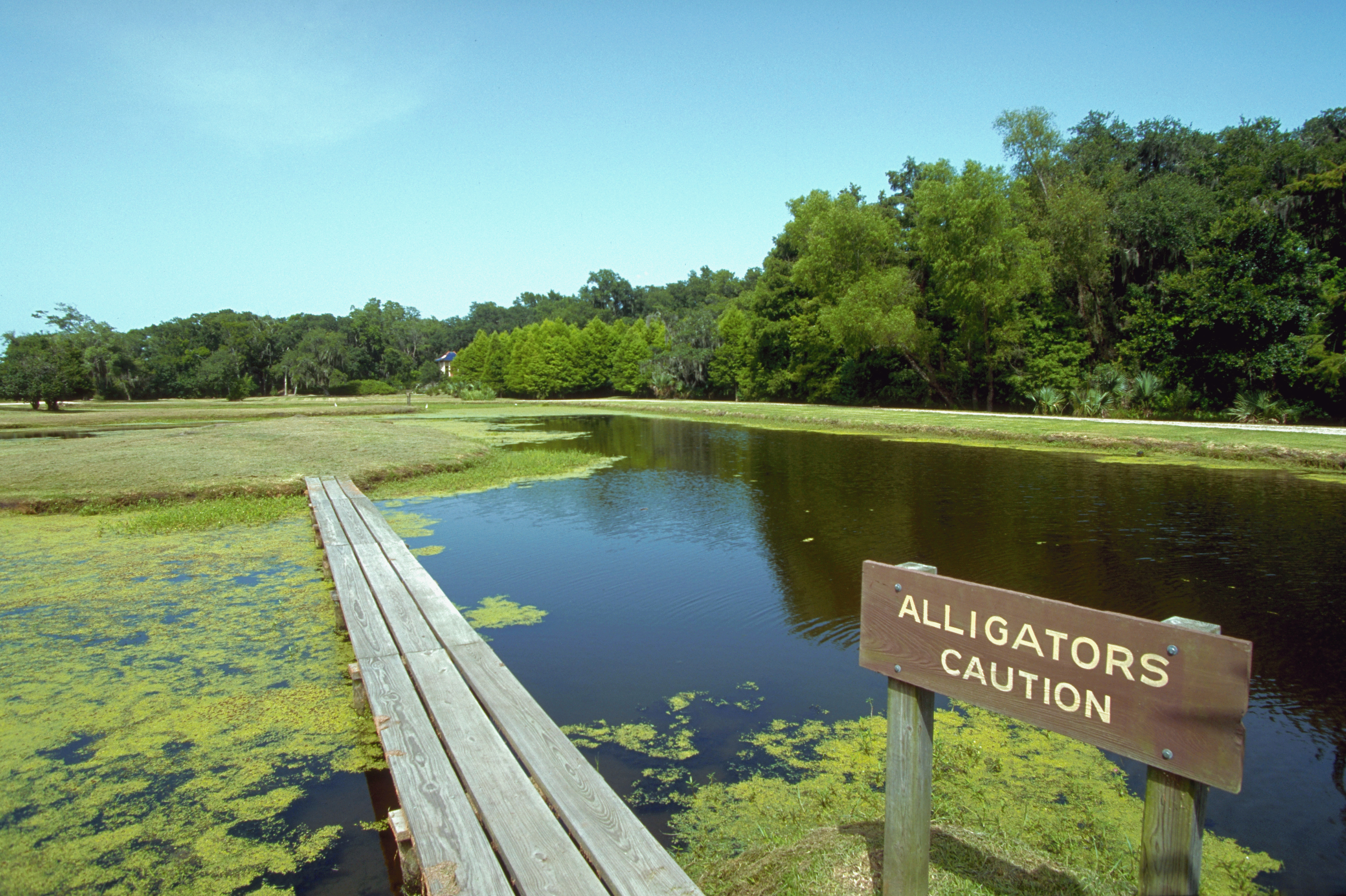
Despite a generalized fear of alligators as fearsome predators spurred on by breathless media reports whenever there is an alligator encounter, unprovoked alligator attacks are infrequent. In fact, according to an article National Geographic, alligators are naturally afraid of humans and the numbers reveal that in almost 70 years from 1948 to 2016, there were 383 recorded incidents of an alligator bite serious enough to require medical attention, or roughly 5.4 nibbles per year. Of these bites, 23 resulted in death (although some deaths stemmed from subsequent infections) and the majority of the fatal incidents involved swimmers and snorkelers, not hikers.
Now, these numbers might sound high compared to, say, mountain lion attacks in Colorado, and certainly the numbers are growing, but the article chalks the increase up to an rise in both human and alligator numbers in Florida – for comparison, there are estimated to be 1.25 million alligators in Florida and only a few thousand mountain lions in Colorado.
Advnture Newsletter
All the latest inspiration, tips and guides to help you plan your next Advnture!
According to a report by the University of Florida (UF), an alligator attack most typically looks like a single bite and release that you can usually walk away from, and you’re a whopping 56 times more likely to die from a bee sting in Florida and 72 times more likely to die from being bitten by a mammal like a dog.
What to do if you see an alligator in Florida
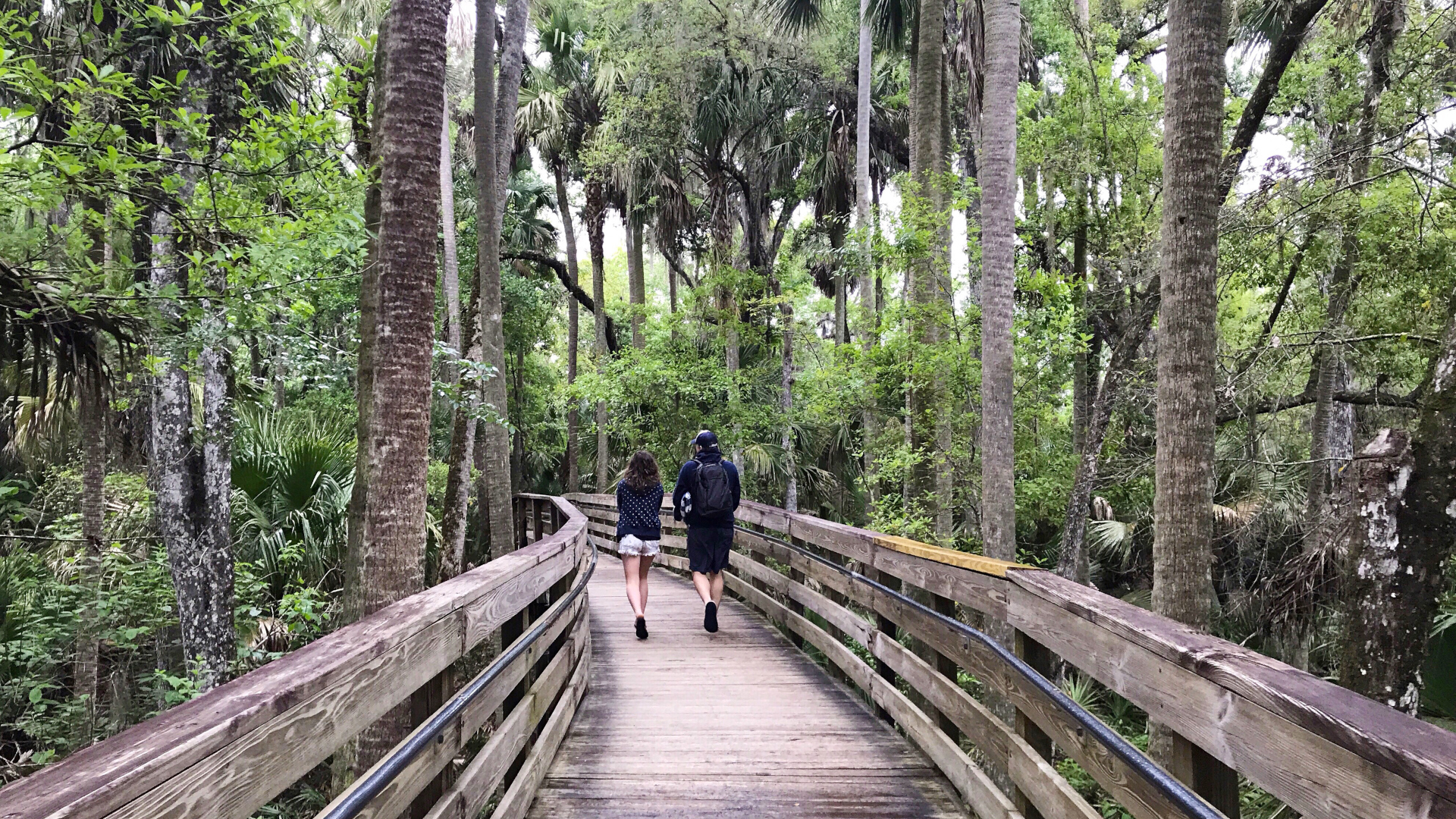
Between the statistics of unprovoked attacks and the fact that alligators are mostly active at night, your concerns about being attacked on a hike in Florida may have been somewhat alleviated, but you’re probably still not euphoric about the idea of becoming human jerky for a hungry gator. So what do you do if you see an alligator on a hike?
First, like pretty much all wildlife encounters, the key to avoiding an interaction with an alligator lies in preventing it in the first place, which you can typically do by following these straightforward, common sense rules:
- Hike during daylight hours.
- Enjoy them from afar – give alligators a wide berth.
- Don’t feed alligators – it is illegal, bad for them and can cause them to lose their fear of humans.
- Keep your dog away from the shores – your beloved pet is just another snack to a gator.
- Yell and make noise if an alligator seems interested in you.
- Only swim in designated areas, during daylight hours.
What to do an alligator chases you
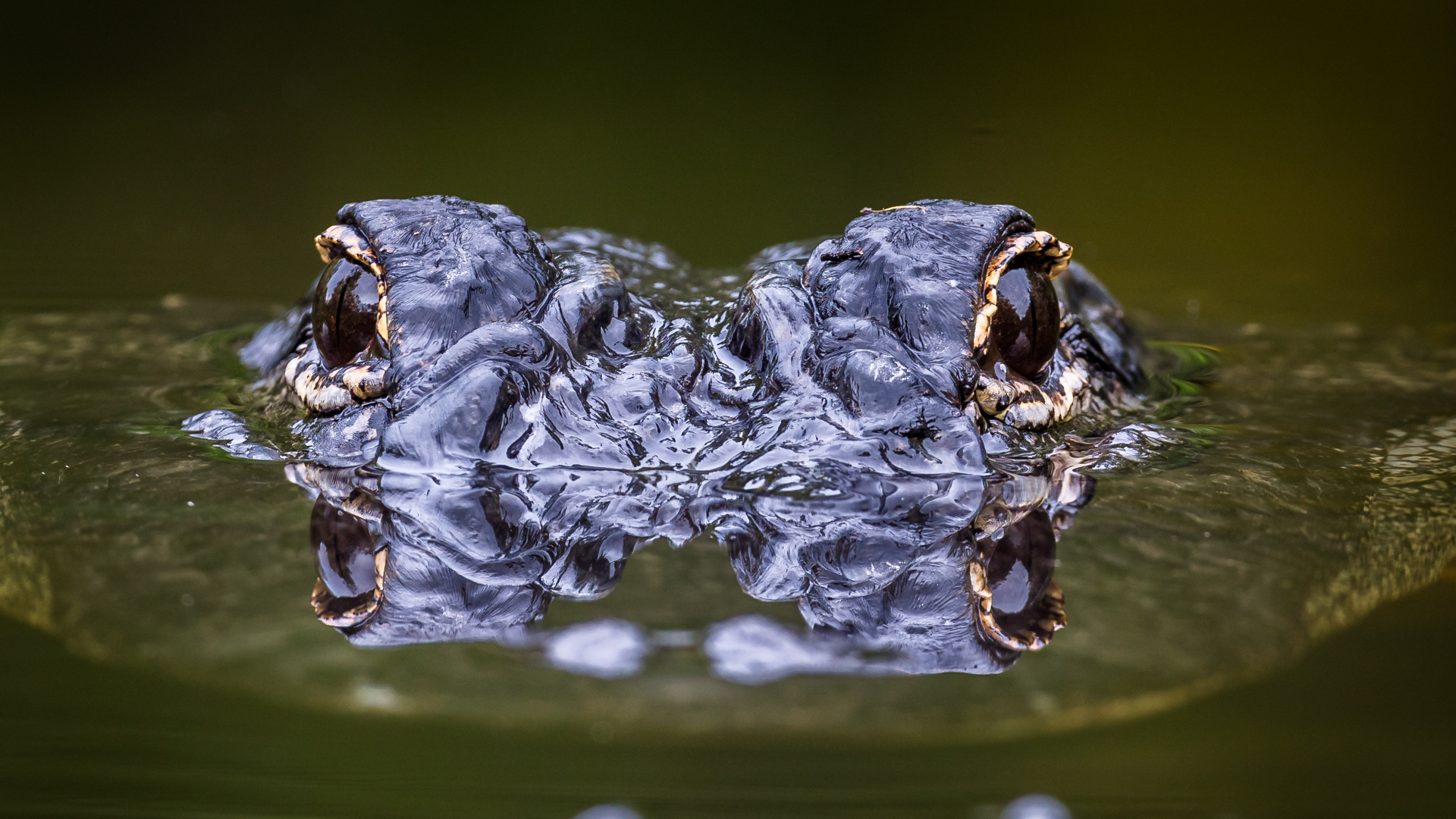
If things go wrong and you find yourself being hotly pursued by a gator, or worse, in the jaws of one, here’s the advice from UF officials:
1. Run away
Though you’ll receive the opposite advice for pretty much every other wildlife encounter – bears, wild boar, moose – when it comes to alligators, the advice is to run, as fast as you can, in a straight line. Alligators can move at about 11mph, which is brisk, but not for very long, and they tend to zig zag, so you have a decent chance of clearing them if you’re nimble on your feet.
2. Fight back
If a gator gets you in its jaws, don’t play dead. Fight back with hands, feet and whatever you can grab, poke it in the eyes and try to jam your fist or anything you’re holding into the back of its mouth to induce the gag reflex. The minute it gags or loosens its grip to reposition things, wrestle your way out of its jaws and run.
Julia Clarke is a staff writer for Advnture.com and the author of the book Restorative Yoga for Beginners. She loves to explore mountains on foot, bike, skis and belay and then recover on the the yoga mat. Julia graduated with a degree in journalism in 2004 and spent eight years working as a radio presenter in Kansas City, Vermont, Boston and New York City before discovering the joys of the Rocky Mountains. She then detoured west to Colorado and enjoyed 11 years teaching yoga in Vail before returning to her hometown of Glasgow, Scotland in 2020 to focus on family and writing.

